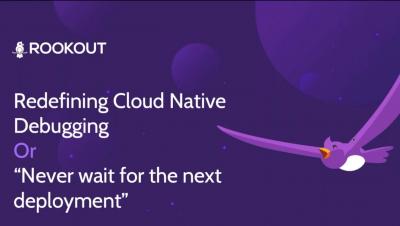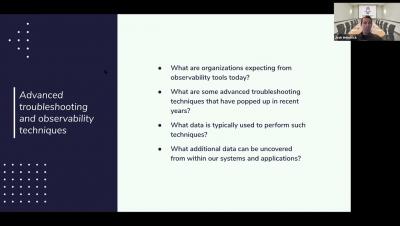Systems | Development | Analytics | API | Testing
Rookout
How Data Meets Software Development And Debugging
There’s no doubt about it: data is the new gold. The last decade has created a revolution in everything related to data, whether it’s the creation of huge amounts of data or anything related to consumption, collection, processing, analysis, and decision making. In my previous experience as a data scientist, I can say that algorithms; whether a simple algorithm or an extremely complex neural networks model; as good as they may be, cannot beat bad data.
Debugging is Broken - Here's How To Fix It
Let’s face it, debugging is broken. Whether you wholeheartedly agree or vehemently disagree with that statement, I think we can all agree that debugging, at the very least, has room for improvement. In fact, the way software developers debug their code hasn’t changed much.
Why Software Bugs Are Like Mini Outages
If this past year has shown us anything, it’s the importance of resilience. Businesses of all sorts have had to find creative ways to get through a very tough time. And one of those ways is through technology. Companies that never planned to be technology-driven are now having meetings on Zoom, managing a remote workforce, and adopting new software.
Masterclass: Redefining Cloud Native Debugging
Kubernetes Reads
As the world of technology continues to progress, so are the technologies that developers work with on the daily. Whether it’s cloud native, Kubernetes, serverless, or distributed architectures, every developer team has encountered the difficulties of working with them. Even more so, they’ve felt the challenges associated with trying to find the solutions to those same difficulties. But what if it was as easy as opening a book?
The Secret To High Quality Code with Dr. Michaela Greiler and Liran Haimovitch
Why Developers Should Care About Resilience
Recently, a friend reminded me of a joke we used to have when we were both developers at a huge software corporation (we won’t mention names, but back when printers were a thing, you probably owned one of theirs). We didn’t develop printers. We developed performance testing and monitoring tools. We were the dev team, which was completely separate from the QA team and from the Ops team (yes, I’m that old – we didn’t even call it DevOps back then).











